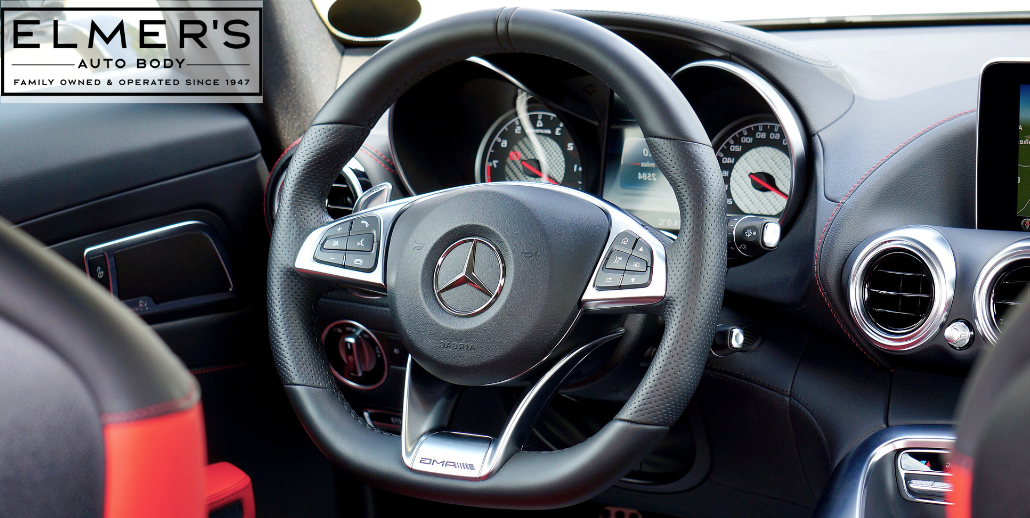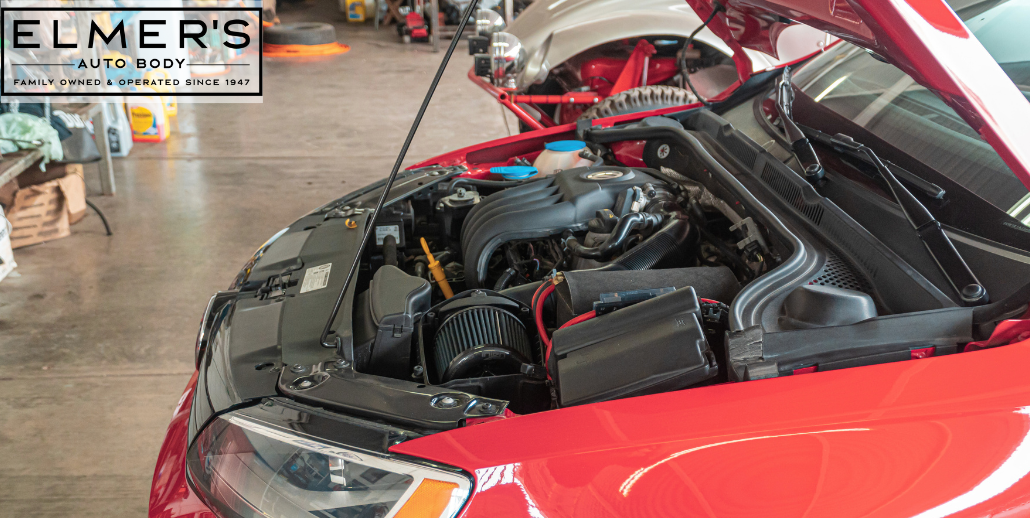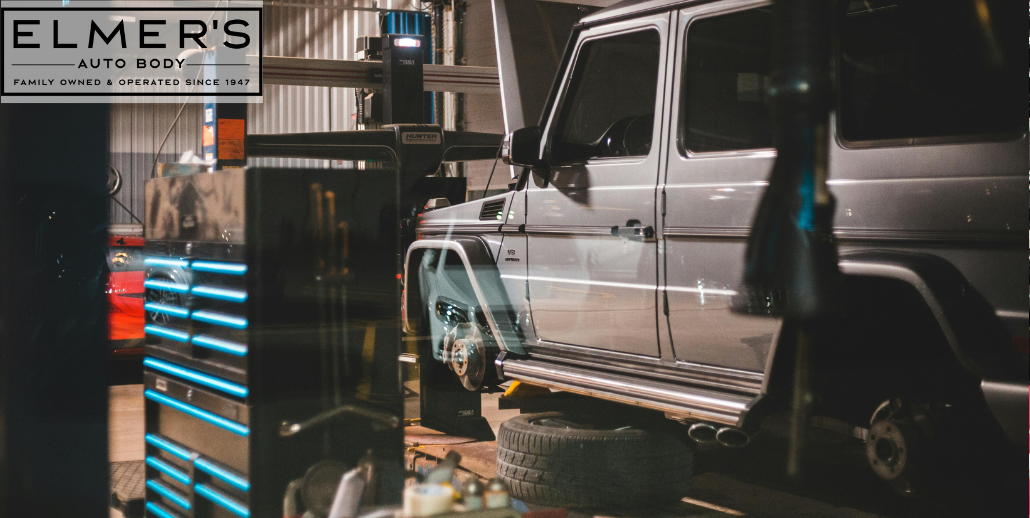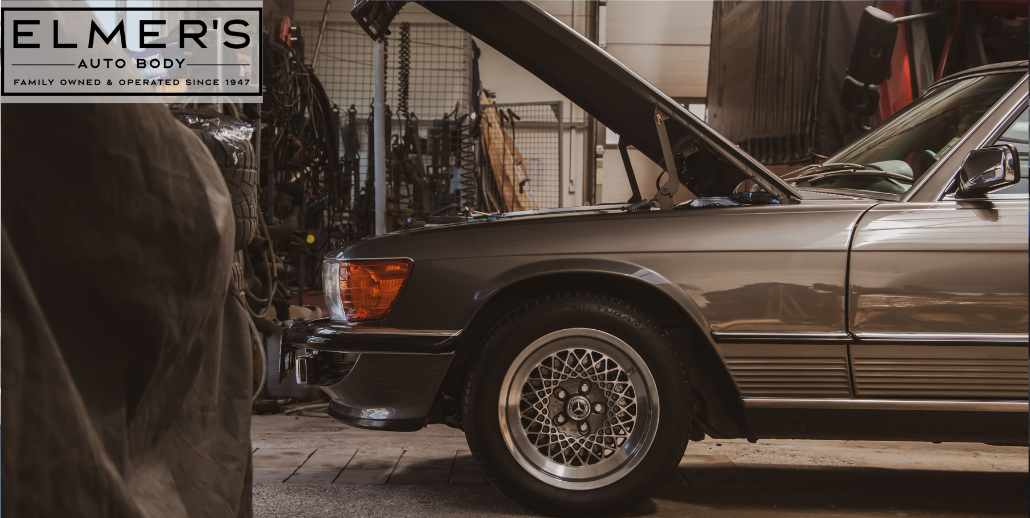When you’re involved in an auto collision, you may find yourself feeling confused, rushed, and unprepared through the entire thing. This is especially true if your insurance company urges you to use a Direct Repair Program (DRP) shop. DRPs are built on an agreement between a shop and the insurer, unlike independent shops that aren’t. While a DRP may seem convenient, they also come with limitations that you may not know about.
Today, we’re going to discuss one huge benefit: transparency. Independent shops are always going to value you—the customer—over the insurance company and want to give you the full story.
Key Takeaways
- Independent shops offer direct communication without insurer influence.
- They provide clearer parts choices, including OEM options that protect vehicle safety.
- Independent shops take time to uncover hidden or structural damage.
- They can challenge insurance decisions that underestimate necessary repairs.
- Transparency is built into every step, ensuring your car is restored properly.
Why DRP Shops Are Not Always in Your Best Interest
Direct Repair Program (DRP) shops exist through a contract with insurance companies. In other words, these shops sign up to be referred work in exchange for following guidance from insurers. This means that they focus largely on reducing the overall cost of repairs for the insurance company and having a quick turnaround time. You may already see the downsides of this agreement.
Due to the condensed time of repairs and quality of parts used, DRP programs may want to divulge all that they’ve done (or didn’t do). Here are some of the limitations of using a DRP shop:
- Restricted parts choice, often using aftermarket or LKQ parts
- Pressure to shorten repair times, affecting thoroughness
- Less direct communication since updates go through insurer, not you
- Limited ability to challenge the insurance company’s decisions
These things can leave you feeling lost and in the dark about your vehicle’s repairs and what has or hasn’t been completed.
The Benefits of Choosing an Independent Shop
Choosing independent shops means choosing quality and customer care over quicker repairs. At an independent shop like Elmer’s Auto Body, the team is their for you. Their recommendations, guidelines, and repair strategies are based on manufacturers, not insurance companies.
Here are some of the reasons to choose an independent shop, especially if you want transparency:
Direct Communication
You speak directly with the team rather than receiving updates filtered through the insurance company. Independent shops also take time to explain the repairs, including what was damage, how it will be repaired, and various options. There’s never any pressure to shorten a conversation or to push you to specific outcome or product.
Clear Parts Options
Independent shops openly discuss the differences between OEM, aftermarket, and LKQ parts. Instead of being required to use lower-cost components, they help you weigh performance, safety, and longevity so you understand exactly what will be going on your vehicle.
More Detailed Inspections
Independent repair shops take time to ensure they are doing the right thing. Unlike DRP shops, independent collision centers aren’t evaluated on their speed. In many DRP shops, structural issues, frame distortion, and sloppy welding are often overlooked.
Freedom to Challenge Insurance Decisions
One of the overlooked benefits of choosing an independent shop is the fact that they can challenge when an adjuster underestimates the cost of the damages. With documentation, photos, and measurements backed by an experienced team, the independent repair shop ensures the insurance company works for you, not for themselves. After all, you deserve a car that’s been repaired completely and correctly.
Why Does Transparency from Independent Shops Matter?
Collision damage is more than surface issues. Beneath the scratches and dings may be more complex problems including frame misalignment, compromised welds, and suspension mount problems. Any step that is overlooked, rushed, or skipped completely will lead to a vehicle that neither performs nor protects you like it should.
An independent repair shop that isn’t affiliated with any insurance company will do the job right. Your car will be returned to you as close to its pre-collision condition as possible. Furthermore, independent collision repair centers will never pull wool over your eyes. They will tell you what needs to be done, communicate any changes, and also advocate for you.
FAQs About Independent Shops vs. DRP Programs
Does my insurance company have the right to force me into a DRP shop?
No. In New Jersey, you always have the right to choose your own collision repair center.
Are independent shops more expensive?
Not necessarily. Independent shops simply recommend the repairs your vehicle needs, not the cheaper shortcuts that DRP shops may be required to use.
Can an independent shop still work with my insurance?
Yes. Independent shops work with all insurance companies and can help handle the claim while advocating for proper repairs.
Do independent shops offer better transparency?
Yes. They communicate directly with you and provide documentation, photos, and detailed explanations of the repair process.
Go to a Trusted Collision Repair Center in South Jersey Today
Whether you decide to go with a DRP center or an independent shop, it’s important to focus on transparency. Get the repairs done right and with OEM parts. However, if you want a repair experience where your safety and satisfaction takes the steering wheel, choosing an independent shop is the smartest move.
At Elmer’s Auto Body, we’ve built transparency into every step. We walk you through what needs to be done, provide you with documentation, and explain it all in plain language. We never pressure you to do anything, and we never take shortcuts. Our team is focused on restoring your vehicle with OEM parts so you and your family stay protected.
Get Your Vehicle Repaired with Transparency and Care
Choose an independent collision repair shop that puts your safety first.
Elmer’s Auto Body proudly serves South Jersey with three convenient locations:
Mt. Ephraim – (856) 456-7018
Sewell – (856) 218-0202
Medford – (609) 714-4050
Ready to schedule your repair or inspection?
Contact us today.






